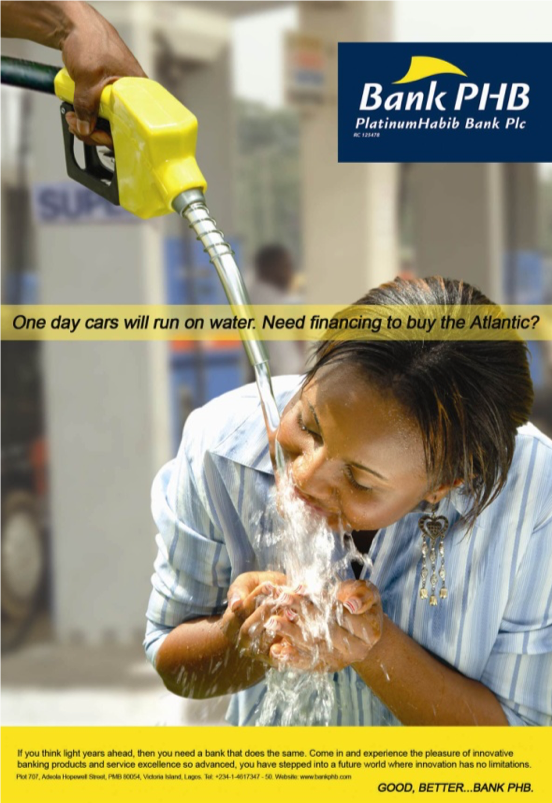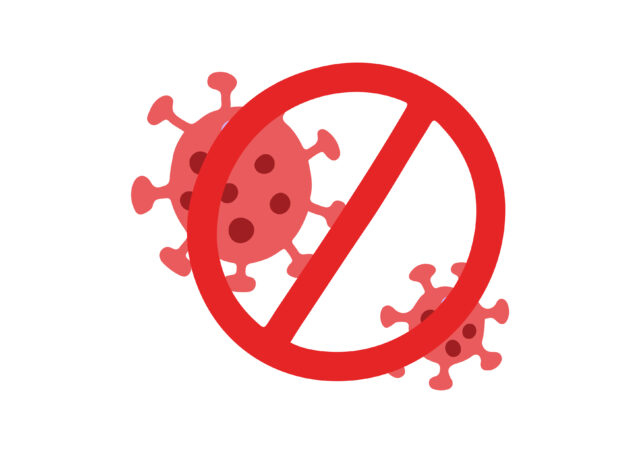People often ask me whether it’s possible to penetrate new markets or build a brand without advertising. In fact, many people think that marketing is essentially all about advertising. Even industry insiders can sometimes lose sight that marketing and advertising aren’t equivalent to each other, neither are they mutually exclusive concepts. While advertising can and often does play a significant or leading role in a company’s marketing strategy, its role should be to support that strategy rather than being the tail that wags the dog.
What’s the Difference Between Both Concepts Anyway?
Advertising is a means of promoting a product or service through paid announcements such as a print ad, television commercial and pay per click campaigns. It’s a way for companies to get the word out about their offerings to a wider audience via a broadcast medium. Advertising can be a part of a marketing plan, however, it’s not appropriate or necessary for all businesses.
Marketing is the carefully planned mix of activities that businesses use to gain and retain customers. While this can include advertising, it also involves researching the market, developing relationships with buyers and influencers, public relations, pricing, distribution and customer service amongst others.
The Role of Advertising in Marketing
An advertising campaign can be one of the most effective tools that a business has for reaching out to potential customers, however, it’s not the only means to an end and is only a small piece of the marketing pie. Businesses should be aware that the primary role of advertising is to raise awareness about their offerings in order to facilitate the beginning of a relationship between themselves and their customers.
As such, any marketing plan that focuses solely on advertising is short-sighted and unlikely to yield lasting results. It’s crucial that businesses hammer out a sound marketing strategy first and then once all elements are in place an advertising campaign can be designed to promote the product. Advertising is one element of an overall marketing strategy and should support the plan.
The Danger in Substituting Advertising for Marketing
The best way to illustrate this is to remember the extremely entertaining ad campaign designed by Insight Communications for Bank PHB a few years ago. “Impossible is Nothing” and “One day, cars will run on water” were two highly relatable concepts that resonated with a healthy segment of the Nigerian audience. The ad campaign was elegant, inspiring and beautifully executed- but was that ad campaign a success?
The jury’s permanently out on that. Perhaps what the Bank needed at the time was to step back and review its focus to provide better products and services to its customers. Perhaps it needed to improve its share of the market and renew its fundamentals. Instead, it made hefty investments in advertising that only frustrated customers whenever they ventured into any one of its branches…the brand that promised “impossible is nothing” did not have the network, products, customer relations or insights to support that promise. If anything, that campaign hastened the Banks demise in my opinion.
Reaching an Audience Without Advertising
Building a damn good product and establishing strong relationships with the customer is the cornerstone of good marketing. Without it, all your advertising efforts won’t do much good. With it, you might find that you don’t even need to pay for a traditional advertising campaign to get the word out about your business.
While the ideal mix is different for every business, here are some key ideas to keep in mind:
- Invest in market research to tailor your product or services to meet your potential customer’s wants and needs. Whether big or small, businesses must derive insights and use these to improve their offerings if they are to remain profitable and grow.
- Pay attention to your pricing strategy and find the right price for your market. You can send a powerful message about your product’s value via pricing.
- Perfect your sales pitch and strategy. Go beyond listing features and tell your audience how your product or service will benefit them.
- Make customer support and satisfaction a priority. Word of mouth can help you or hurt you. Do everything in your power to make sure that it’s good.
- Look for opportunities to get your name out in the community. This could be anything from being active on social media to sponsoring local events. Remember to take the long view and work towards creating real value in your community, whether it’s online or offline




